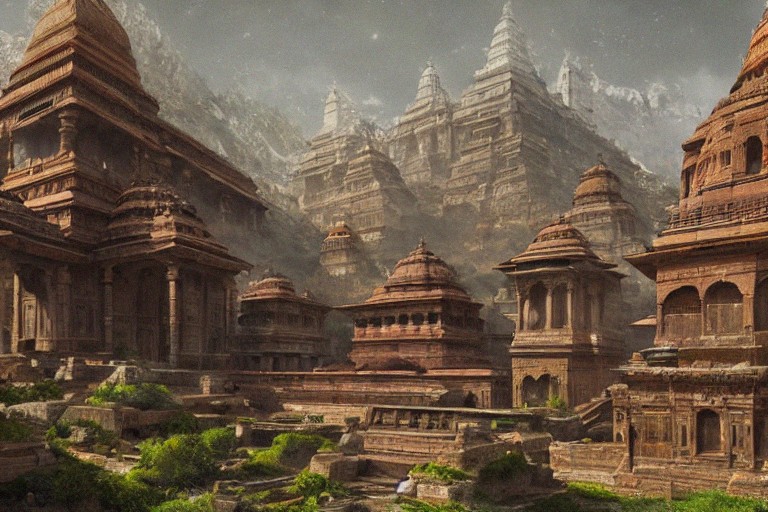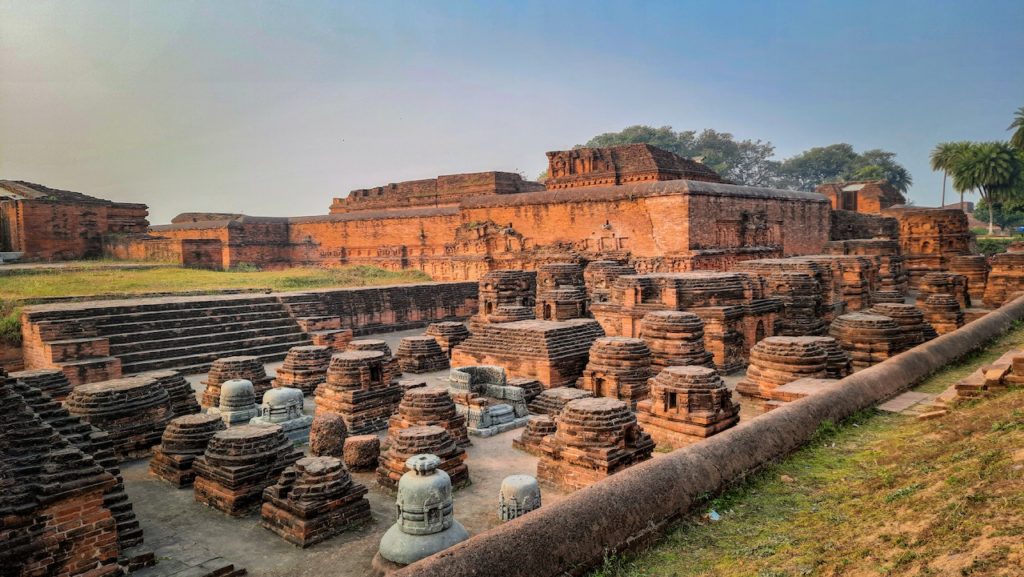Introduction:
The landscape and village life of ancient India are an essential part of its cultural and social history. It is a representation of the diverse topography of India and the different lifestyles of its people. The Indian subcontinent has been home to several civilizations, including the Harappan, Mauryan, Gupta, and Chola, and each had its unique ways of adapting to the environment. This research article aims to trace the landscape and village life in ancient India through a historical perspective and provide insight into how the people of ancient India interacted with their surroundings.
Geographical and Environmental Features of Ancient India:
The geographical and environmental features of ancient India were diverse, ranging from the rugged terrain of the Himalayas to the fertile plains of the Indus and Ganges rivers. The Indus Valley Civilization, also known as the Harappan civilization, emerged around 2600 BCE and flourished until 1900 BCE in present-day Pakistan and northwest India. The civilization was characterized by its urban centers, which were carefully planned and built around a grid system, indicating a sophisticated understanding of town planning. The cities were situated near the river valleys, which provided water for irrigation and facilitated trade and commerce.
The Mauryan empire (322-185 BCE) was another significant civilization that ruled over most of India, including parts of present-day Afghanistan and Pakistan. The Mauryan rulers were known for their excellent administrative skills and their efforts to maintain law and order in the empire. The empire was marked by the construction of several roads, which connected different parts of the empire and facilitated trade and commerce.
Village Life in Ancient India:
The rural landscape of ancient India was marked by small villages and agricultural fields. The villages were self-sufficient, with each family having its land to cultivate. The farming practices varied depending on the geographical location of the village. The villages situated in the arid regions of Rajasthan and Gujarat had to rely on wells and other water sources for irrigation, whereas those in the fertile plains of the Ganges and Indus rivers had access to abundant water.
The village life in ancient India was marked by a strong sense of community and interdependence. The village panchayat, or the council of elders, was responsible for maintaining law and order in the village and resolving disputes among the villagers. The social and religious practices of the villagers were closely intertwined, and the village temple was the center of all religious and cultural activities.
Conclusion:
The landscape and village life in ancient India are a reflection of its diverse topography and cultural history. The people of ancient India adapted to their environment and developed unique ways of living, depending on their geographical location. The villages were self-sufficient, with each family having its land to cultivate, and the village panchayat played a crucial role in maintaining law and order. The landscape and village life in ancient India provide valuable insights into the cultural and social history of the Indian subcontinent.
Bibliography:
- Chakrabarti, D. K. (2013). The Archaeology of Ancient Indian Cities. Oxford University Press.
- Dani, A. H. (1985). Rural Life in Northern India: A Study in Ancient Society. Macmillan India Limited.
- Datta, S. (1993). Rural Life in Bengal: Illustrative of Anglo-Indian Suburban Life. Rupa & Co.
- Ray, H. P. (2012). The Cambridge History of India: Ancient India. Cambridge University Press.
- Singh, R. K. (2018). The Village in Ancient India. Aryan Books International.

